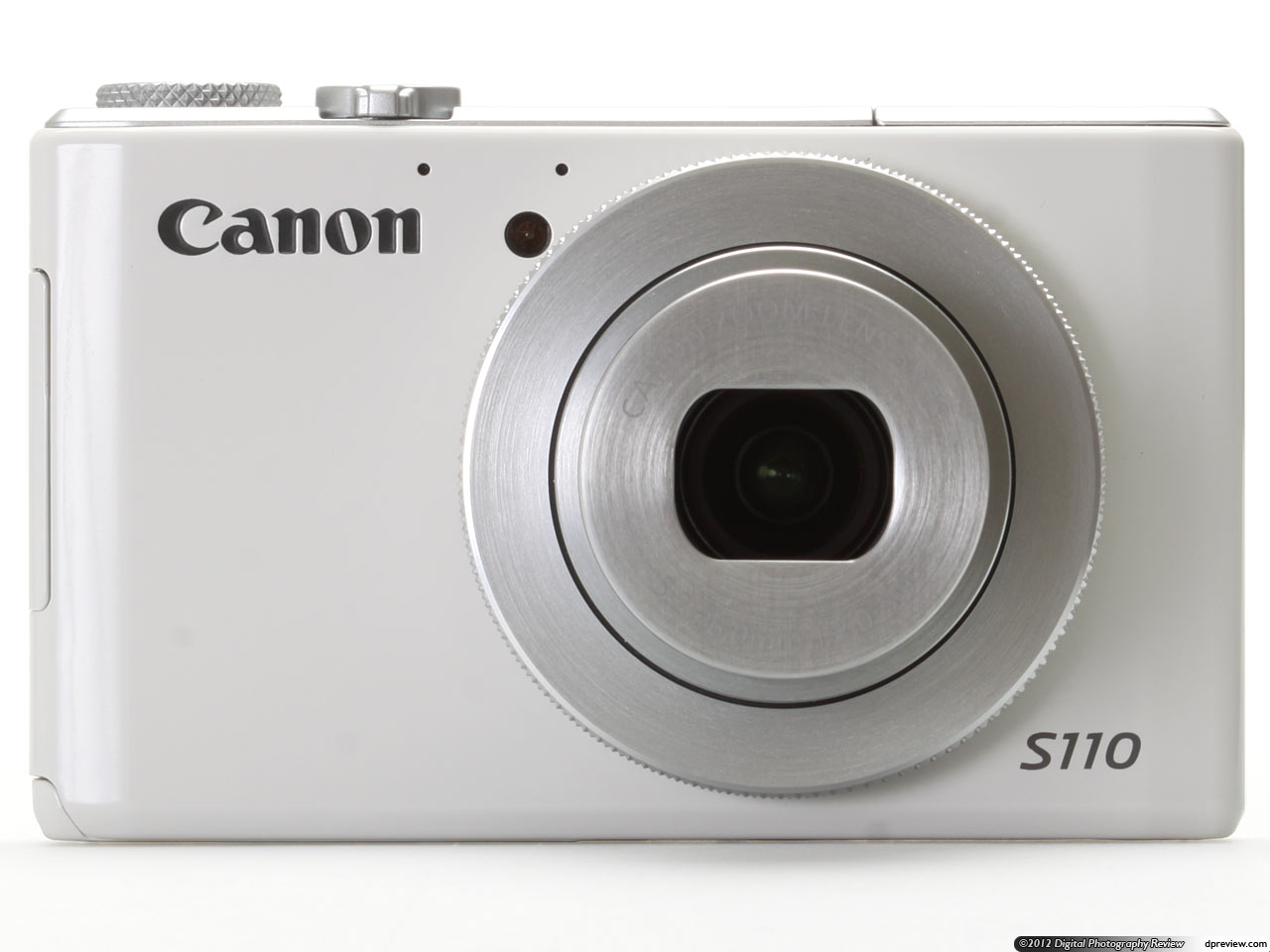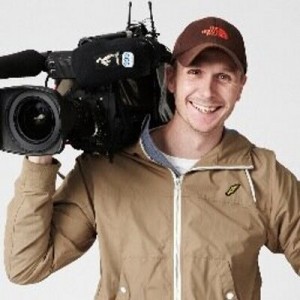Using compact cameras to make great TV
 In previous onMedia posts, we’ve explored making video for the web using camcorders and mobile phones. But compact digital cameras are also making a big impact in television. They allow journalists to shoot video from unusual points of view and because of their smaller size, they also make it easier for camera operators to capture authentic footage and interviews.
In previous onMedia posts, we’ve explored making video for the web using camcorders and mobile phones. But compact digital cameras are also making a big impact in television. They allow journalists to shoot video from unusual points of view and because of their smaller size, they also make it easier for camera operators to capture authentic footage and interviews.
Among his equipment, professional cameraman and documentary filmmaker Christian Parkinson has a small point and shoot digital camera, which he uses to produce quality films for broadcast. He talks to onMedia about his experience of working with compact cameras.
 At the moment, Parkinson is using the Canon S110 (pictured above). It shoots full HD and although it won’t take an external microphone, the audio is “pretty good” if you are standing close to your interviewee, Parkinson says.
At the moment, Parkinson is using the Canon S110 (pictured above). It shoots full HD and although it won’t take an external microphone, the audio is “pretty good” if you are standing close to your interviewee, Parkinson says.
That’s good news for journalists who want to start producing video stories and are looking for an affordable equipment.
“The technology is now at a level where someone anywhere in the world with a little bit of money in their pocket can go out and make TV,” he tells onMedia.
While covering Nelson Mandela’s memorial service in 2013 for the BBC, Parkinson used the Canon S110 to produce a short news feature about people attending the service at FNB stadium in Soweto.
The image quality produced by a compact camera obviously isn’t as good as a professional broadcast camera and getting the exposure right in difficult lighting situations can be tricky, Parkionson says. But there are often advantages that outweigh the loss of quality when using a small camera.
“I can be filming with it where I’m not meant to be filming or where people would be very uncomfortable if I pulled out the big camera,” he says. With a small camera, “no one even blinks at me.”
“I can even walk up to people and start talking to them filming. And they might give me a funny look but they are not bothered by it. They don’t think you’re a serious journalist so therefore they are more relaxed and you get a real answer from people.”
Sense of immediacy
In another video filmed in Turkey, Christian guides the audience through the former French embassy in Istanbul. In the opening shot, he films his feet as he walks. In the next shot, he’s holding the camera out in front of his face and introduces the story directly into the lens, which is an advantage of a lightweight camera. Straight away you see the difference in this form of video journalism and storytelling – the journalist is more agile and the audience gets a sense that they are right there watching events as they unfold.

Practice makes perfect
Parkinson believes equipment is no longer an obstacle to making films. However, he says, equipment alone isn’t going to make you a filmmaker. You need to learn some basic skills and the best way to do that is get out there and practice with whatever equipment you can get your hands on.
“The technology is not as important as the storytelling experience; knowing what works, how to frame a shot and understanding the strengths and weaknesses of the tool that you’re using,” he says.
“I think that is just practice and experience and there is no shortcuts for a lot of this stuff. I wish I could give people a sort of bullet point of shortcuts that will make them brilliant filmmakers but unfortunately it is just trial and error.”
If you are interested in more of Christian’s thoughts on using small cameras, take a look at his website and blog where he writes about camera work and video journalism. Christian has recently published a new e-book Camera Confidential which is packed with advice about working as a camera operator and video journalist.
RELATED ONMEDIA POSTS
Tips for journalists reporting on camera
Tow Center study focuses on video journalism
Using graphics in your video, and using them well
Written by Martin Vogl, edited by Guy Degen



